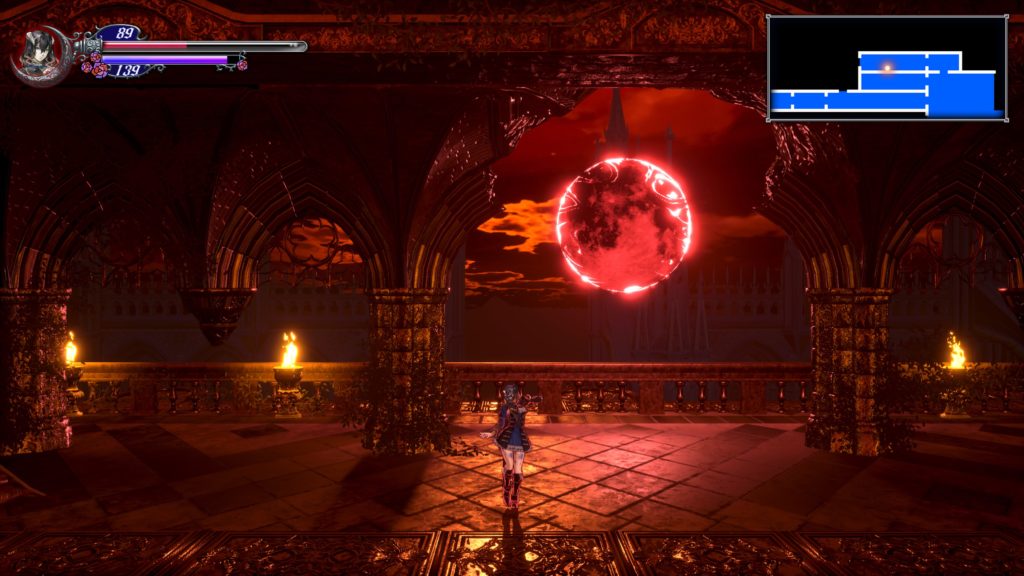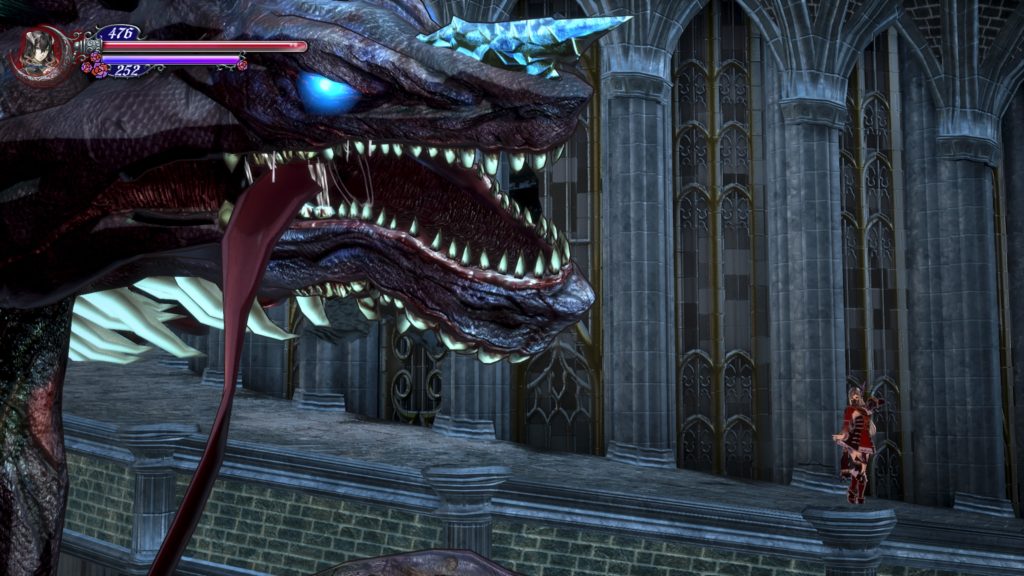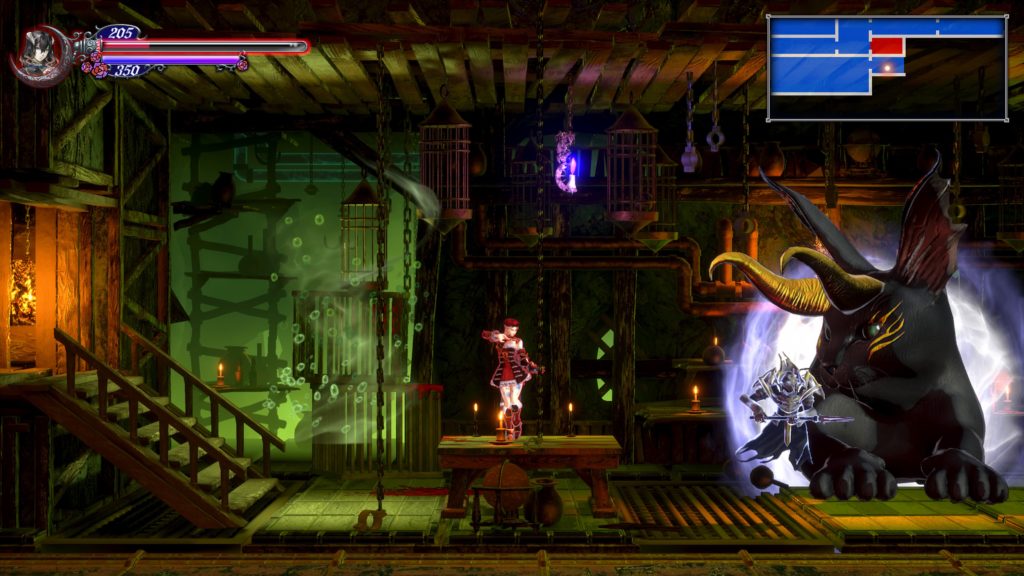- Genre: Metroidvania
- Platform: PS4
- Also Available On: Windows, Xbox One, Switch
Typically speaking I tend to stay more towards the Metroid end of the Metroidvania genre. I definitely own a bunch of the Castlevania games, but generally speaking I’ve been way too impatient to deal with the high damage, high danger gameplay. As the series got older, the 2d entries definitely trended towards allowing a safer type of gameplay on the standard difficulties, but then the games just kind of stopped. In good news, Bloodstained definitely feels like it picked up right where the DS Castlevania games left off – nice amount of challenge, super solid gameplay, and upgrades galore – leaving me with the right mix to hammer on through.

This game is definitely a case of classic, but refined. If you’ve played a 2D Castlevania you know what you’re getting into. You explore around, run into blockers, find a boss to get a new power, and get through the blocker. You retraverse areas that you’d been in with your new powers to get through new doors, rinse and repeat. While doing it, you gain some levels in typical RPG fashion, get some new gear with improved stats, and generally just get better at playing the game. This is all typical of the genre, but it’s done in a really polished fashion here.
There’s food to cook to gain health back, which isn’t unusual. What is done well is that the first you eat a new food, you permanently gain some stats from that. This encourages the straightforward act of cooking different foods, but also encourages simply searching out new ingredients, reinforcing the exploration of the genre. You’ll for sure find weapons, armor, and potions just exploring, and these can also be bought. However, they can also be crafted, once again reinforcing the stuff above. There’s even little touches like side quests for killing things that you can get back at the base, which push back into reinforcing the exploration loop. It’s all little things, but the big gain in all of this is as you’re exploring for things, you’re just getting more and more comfortable with core combat.

However, the biggest thing that really pulled me into the game was that getting hit by general trash wasn’t a damning thing. Ya, you couldn’t be lazy as that would be a quick path to death. However, getting hit a few times wasn’t a death sentence. Part of this was just that trash damage wasn’t typically a huge detriment. However, the trash mobs were definitely also pretty generous about dropping health pickups. This meant that while I had to be careful in exploring, I wasn’t majorly penalized for every single hit. If I really got myself into trouble, I could use my food and potions as backup, but more often than not my skill could carry me through safely. This left me to really run into boss fights fairly prepared.
And boy are the boss fights a ton of fun. Two headed dragon that chases you up and down a tower? Check. Transforming train engine after running through the rest of the train taking out enemies? Check. The bosses are super over the top thematically pretty much 100% of the time. Functionally they’re the usual pattern recognition of the genre, but as is typical the difference between fun and not is whether or not the patterns feel fair. In this case, they hit on solid patterns. Generally speaking, there was a mix of solid tells from the enemies, some quick reaction moves, and really flashy finishers to push the type of fights that I love to see in this genre. Even as I got into end-game bosses where I’d die a couple times, things never felt unfair. I’d recognize why I was dying, adjust my strategy, and go from there. As far as difficulty goes, that’s the best kind of end result I can ever ask for.

This was kind of my rest game before picking up some longer JRPGs, and I’m glad that I ended up picking this. I was definitely hesitant, because I figured that the billing of this one as a spiritual sequel of the Castlevania series meant that it might really lean into the older form of the genre. Luckily, this one really took the modern touches in stride. The gameplay is as classic as ever, but its got modern touches in balance and systems, combined with the fluidity afforded by modern hardware to really feel like it belongs as a modern extension of the genre.
